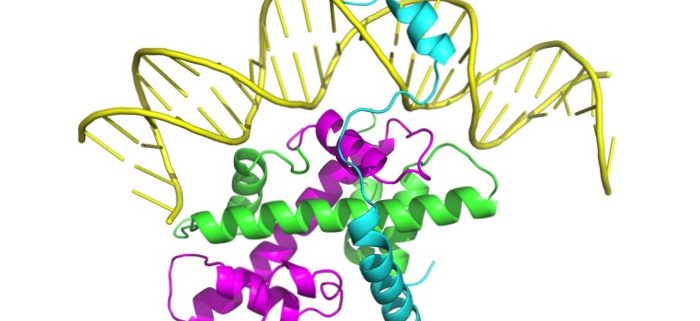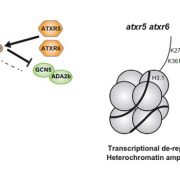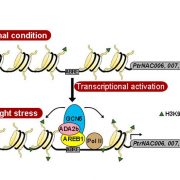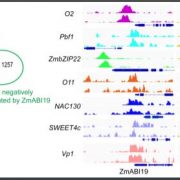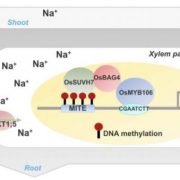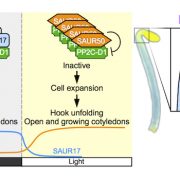Molecular Mechanism for the CO-FT Module
By Xinchen Lv and Jiamu Du
Background: During the floral transition, plants perceive various environmental and endogenous signals to trigger the switch from vegetative growth to reproductive growth by precisely regulating key flowering integrator genes. CONSTANS (CO), a member of the photoperiod pathway, is final hub that integrates all upstream signals and activates the expression of the florigen gene FLOWERING LOCUS T (FT). CO possesses an N-terminal B-Box domain of unknown function and a C-terminal CCT domain, which forms a trimeric complex with nuclear factors YB and YC (NF-YB/YC) to recognize the CO response elements (COREs) in the FT promoter in a sequence-dependent manner. In the FT promoter, the COREs CORE1 (TGTGA) and CORE2 (TGTGG) and two related elements, P1 (CCACA) and P2 (TGTGG), are potential CO-responsive regions.
Question: Given the presence of so many potential CO binding sites, including some that were confirmed using multiple approaches and some that are still controversial, we wanted to identify the direct CO binding sites and understand how CO specifically binds to these potential elements.
Findings: By performing in vitro binding assays, we obtained biochemical evidence that all four elements, CORE1, CORE2, P1, and P2, are direct CO binding sites, despite their different sequences. We determined the crystal structure of the CO-CCT-NF-YB/C trimer in complex with CORE2 and CORE1 DNA, finding that CO specifically recognize a TGTG motif shared by all four elements. Our EMSA data confirmed that the FT promoter could capture multiple CO-CCT-NF-Y complexes. Our data suggest that the CO-B-Box domain forms a multimeric assembly. The multimeric CO-CCT-NF-Y complex possesses greatly enhanced binding activity towards the FT promoter, suggesting that B-Box mediated-multimerization helps CO bind to FT with high affinity and specificity.
Next steps: We have determined the structure CO-CCT-NF-YB/C in complex with single elements. Considering that there are multiple elements and that CO-NF-Y may form a complex with the NF-YA/B/C complex to generate DNA looping in the FT promoter, we plan to investigate the overall structure of CO-NF in complex with the looping DNA from the FT promoter to reveal the overall regulatory mechanism of FT.


